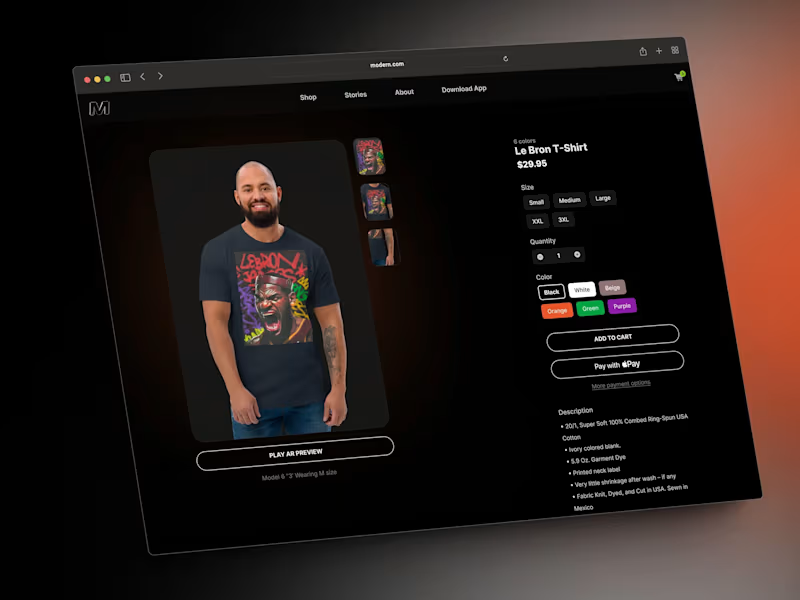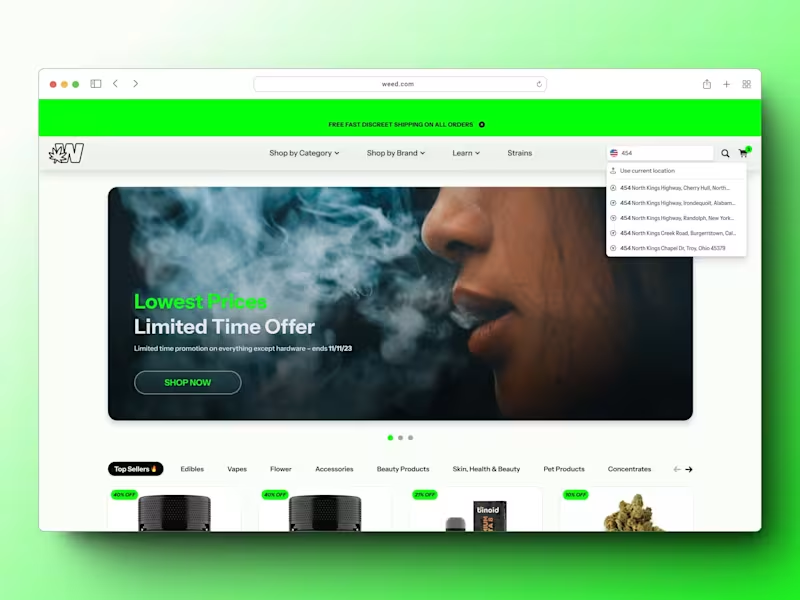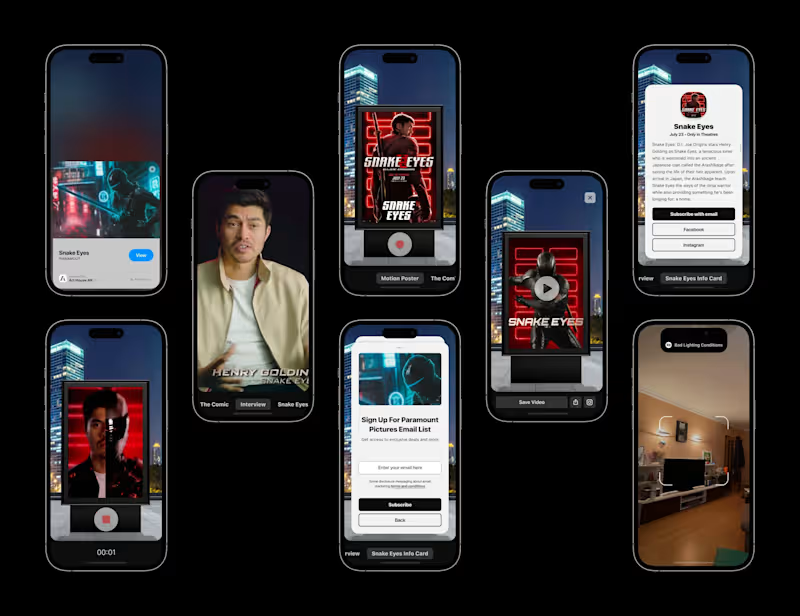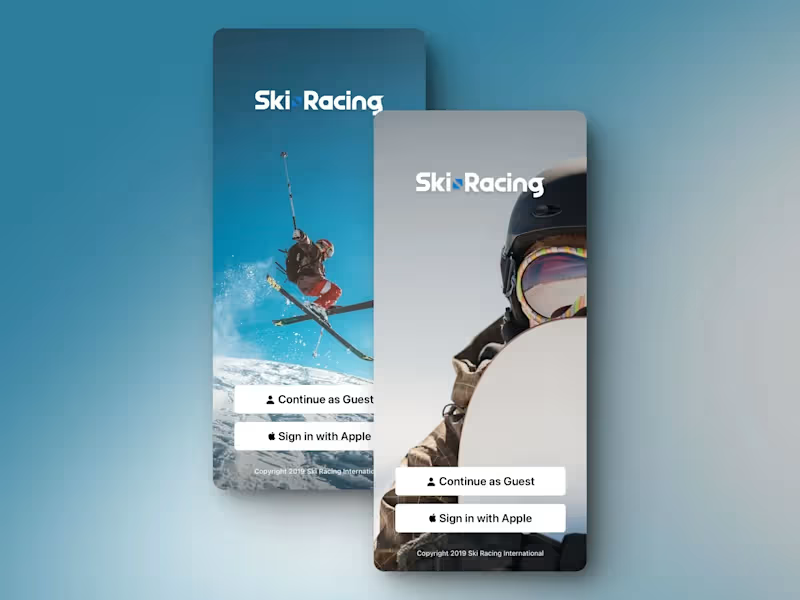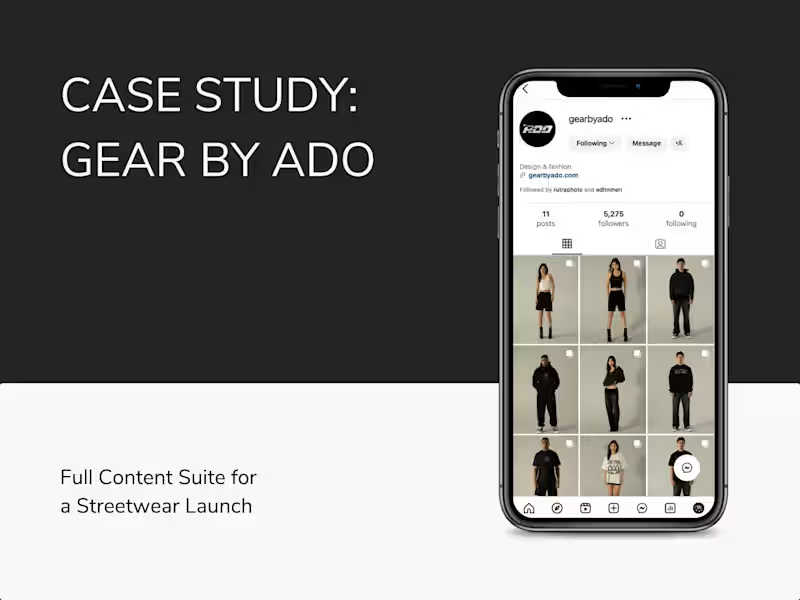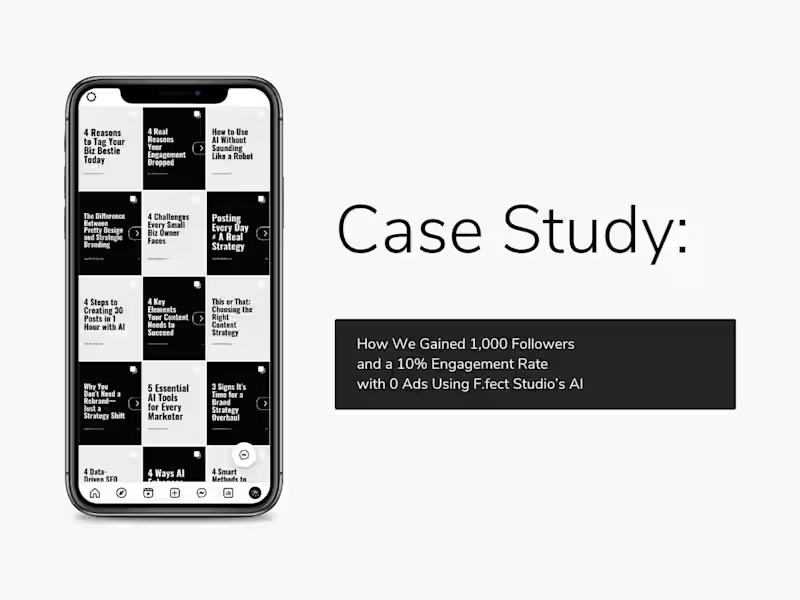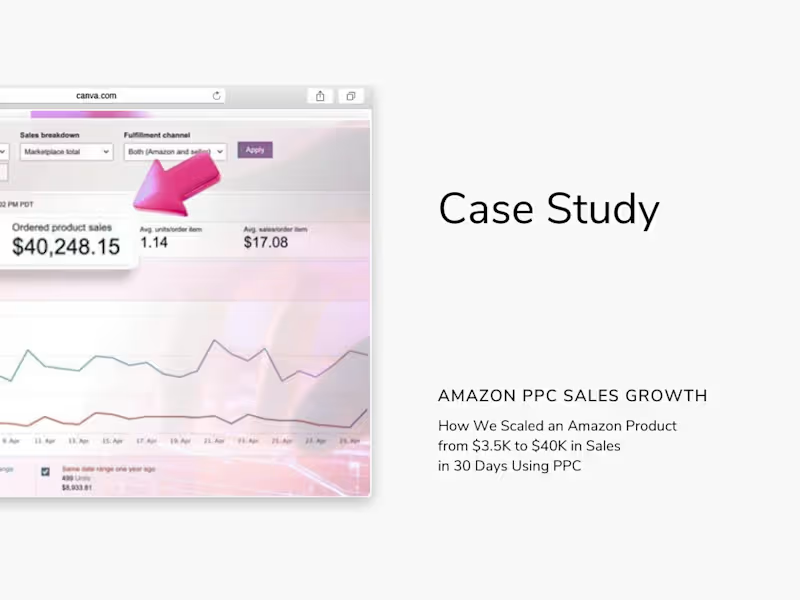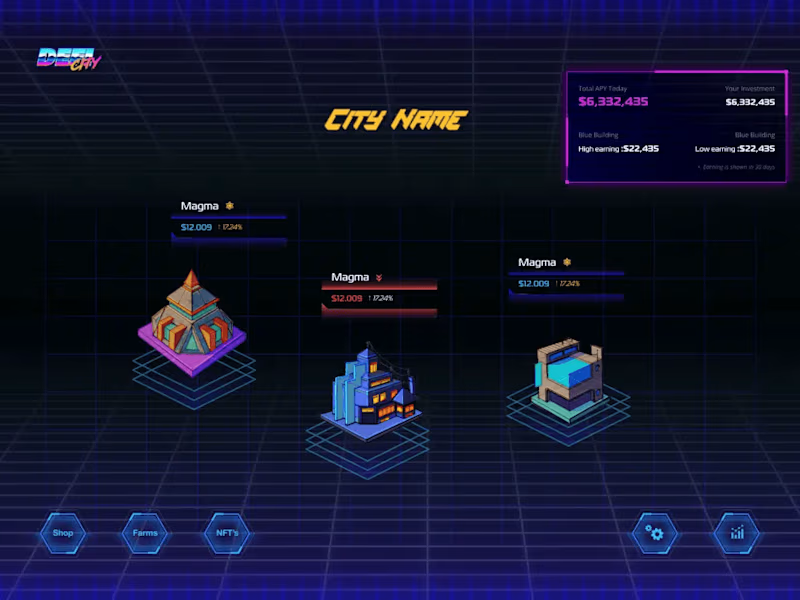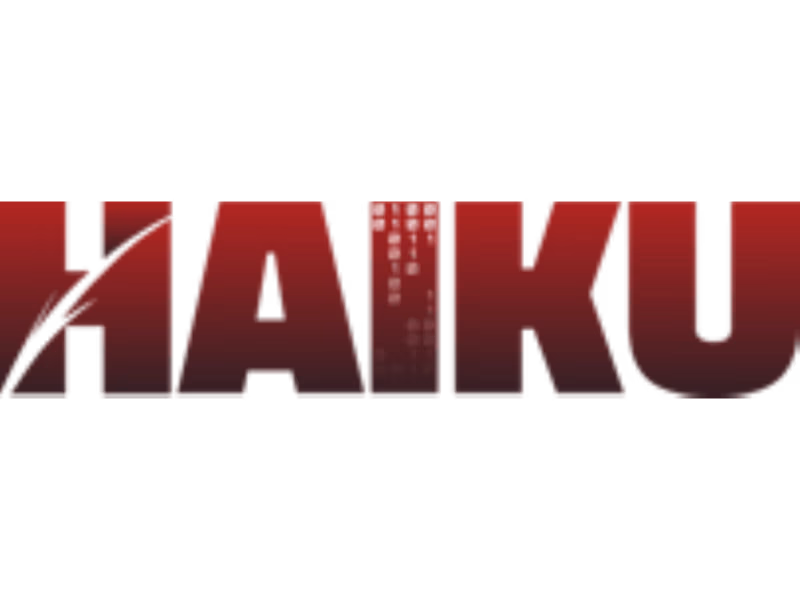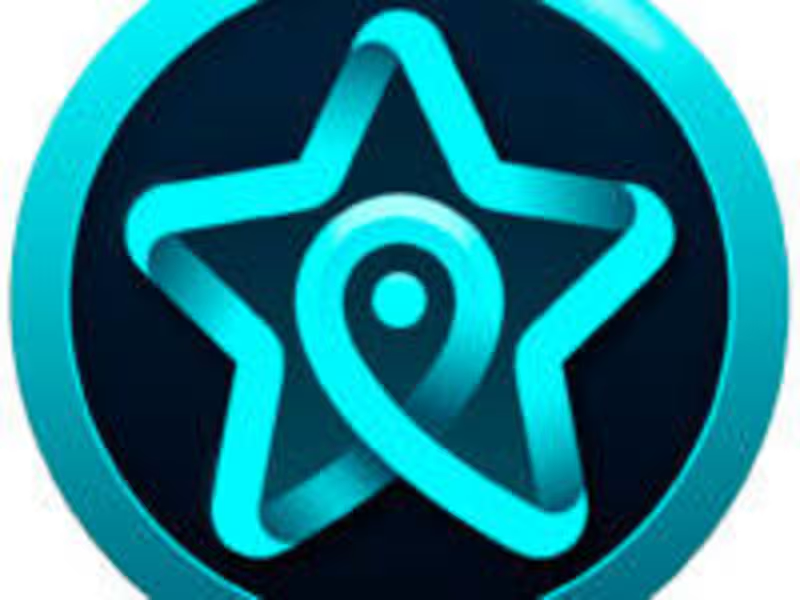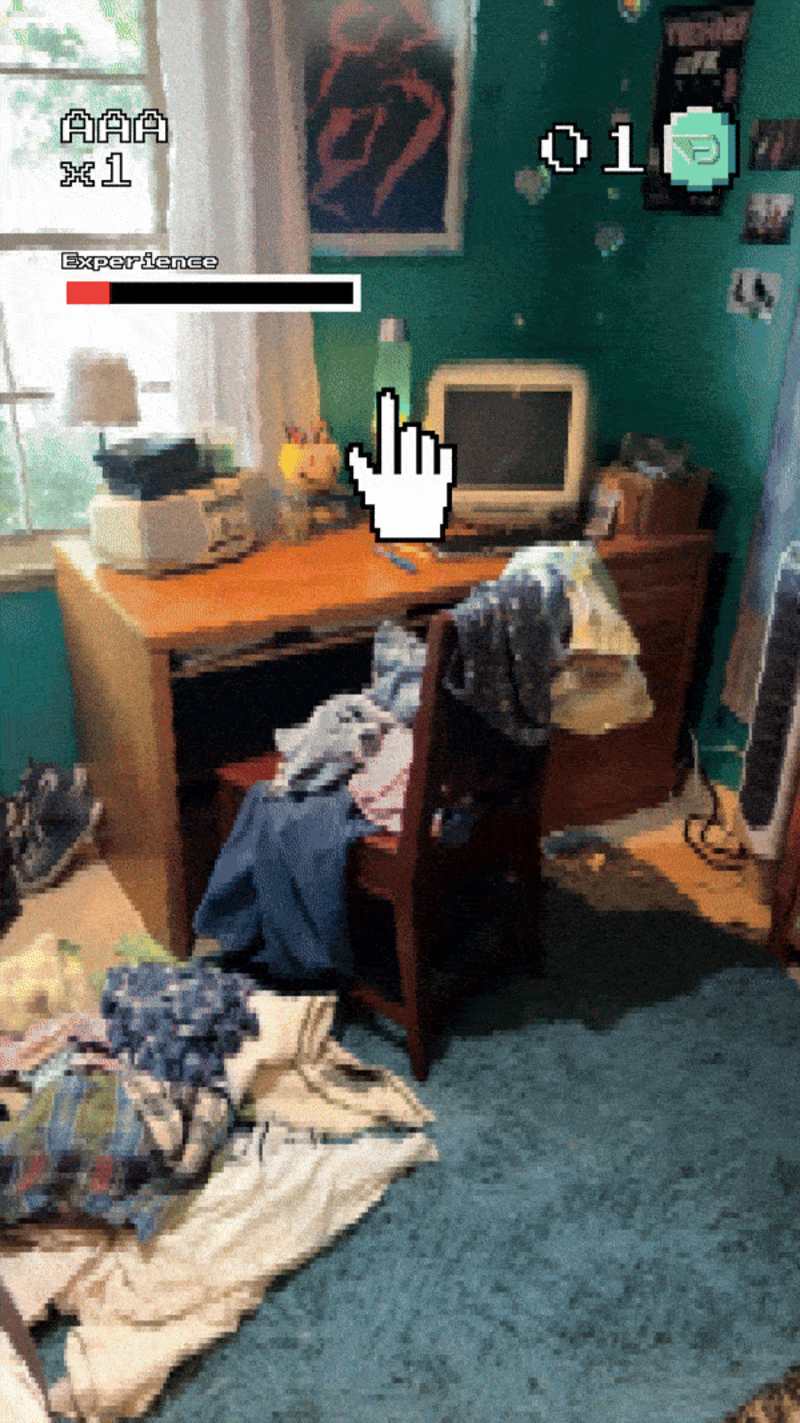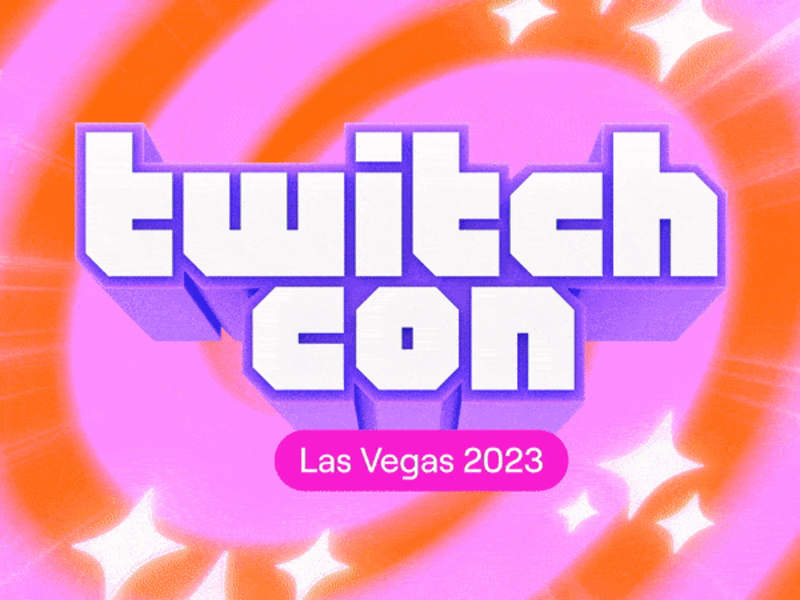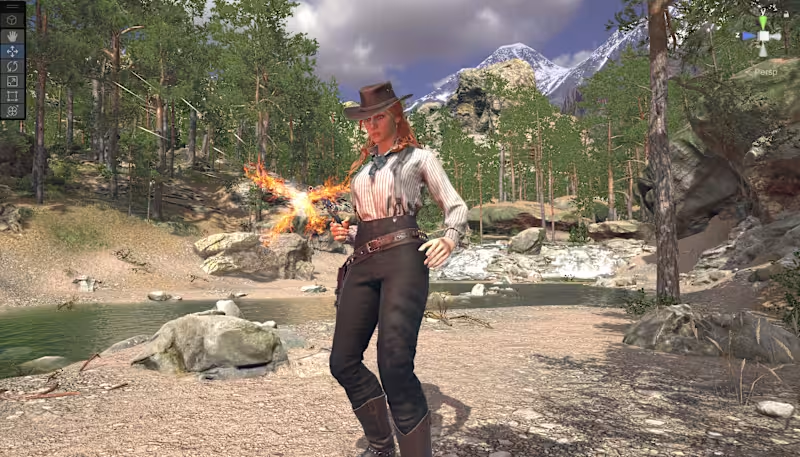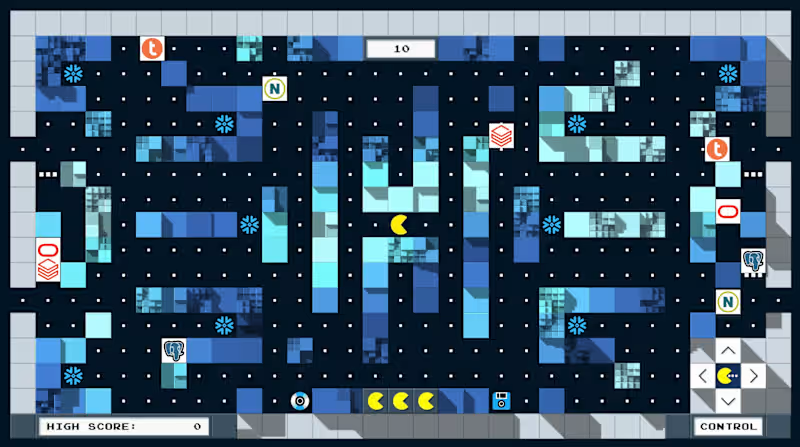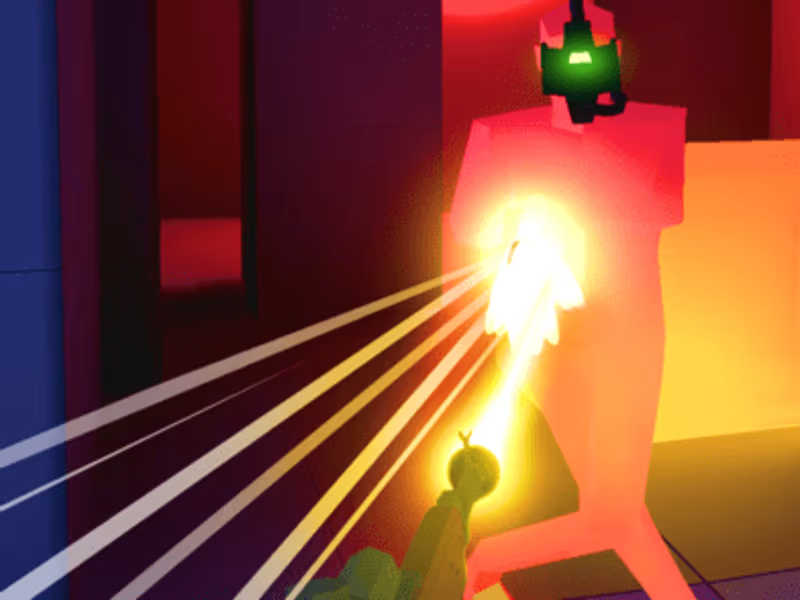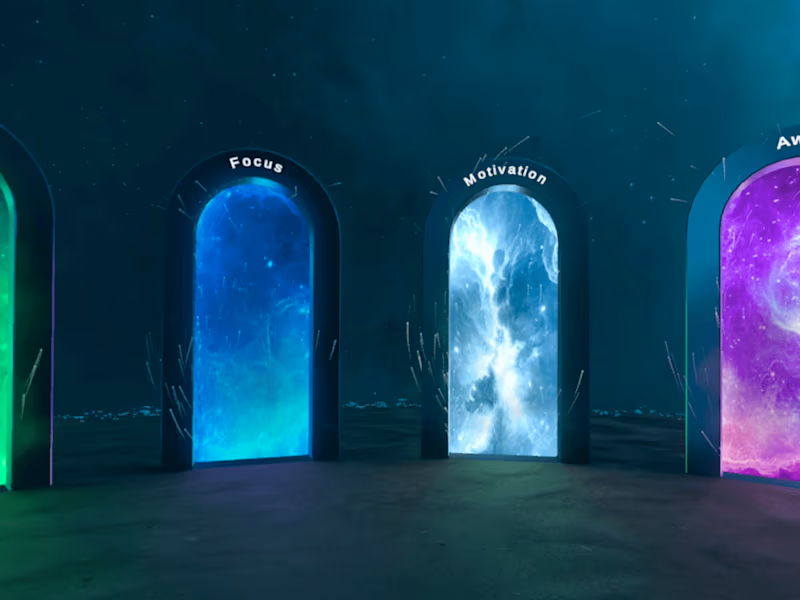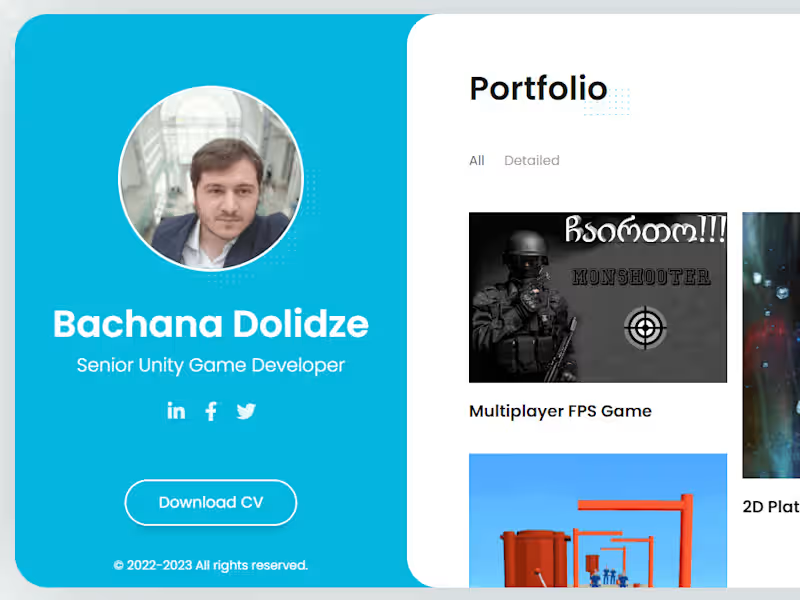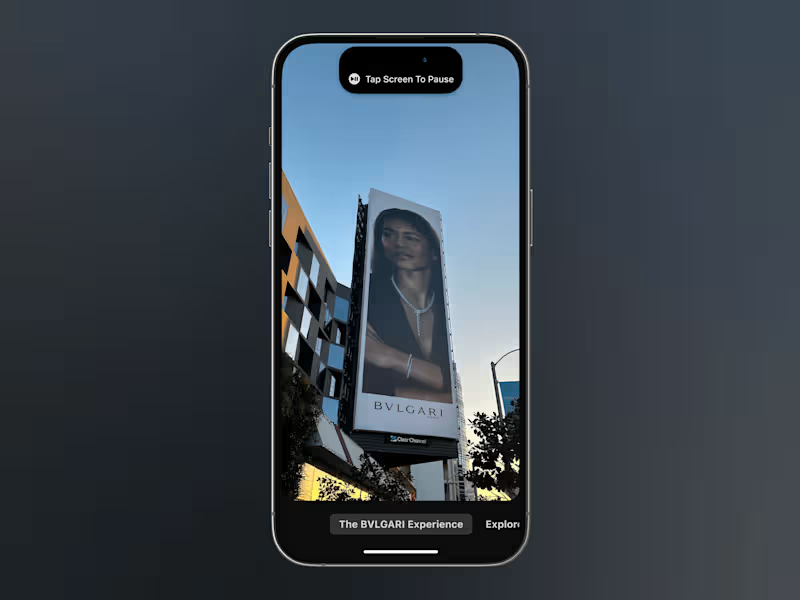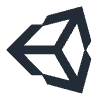What should clients look for in a portfolio when hiring an AR/VR developer?
When hiring an AR/VR developer, clients should look for a portfolio that showcases a variety of projects. The projects should demonstrate skills in both augmented reality and virtual reality. Check for evidence of work that aligns with the client's project needs. Clients should look for innovation and creativity in the developer's past work. A strong portfolio often shows the developer's ability to solve problems and create engaging user experiences.
How can a well-defined project brief help in hiring an AR/VR developer?
A well-defined project brief helps the AR/VR developer understand your goals better. It's vital to include details like the scope, timeline, and expected deliverables. A clear brief reduces misunderstandings and aligns expectations. It guides the developer in assessing if they are the right match for the project. Good communication, through a detailed brief, sets the foundation for a successful engagement.
Why is it important to discuss technology stacks with an AR/VR developer?
Discussing technology stacks is essential because it determines how the project will be built. Ensure the developer is familiar with tools and platforms relevant to your project, like Unity or Unreal Engine. Understanding their expertise helps in choosing someone who can effectively handle the project. It also impacts compatibility with other systems you may use. A shared agreement on technology can speed up project completion.
What kind of timeline should be set when hiring an AR/VR developer?
Setting a realistic timeline is crucial for project success. Discuss how long it typically takes to complete similar AR/VR projects. Factor in time for design, development, and testing. Be open to adjustments in the timeline as the project progresses. A mutual agreement on the timeline helps in managing expectations and keeps the project on track.
How can clients effectively communicate project adjustments with an AR/VR developer?
Frequent and open communication is key for managing project adjustments. Use clear and simple language to explain any changes or new requirements. Regular meetings or updates can help in discussing progress and any necessary adjustments. Be open to feedback from the developer about how changes might impact the project. Good communication ensures that both parties remain aligned on project goals.
Why should clients agree on milestones for an AR/VR project?
Setting milestones breaks down the project into manageable parts. It helps in tracking progress and provides checkpoints to assess if the project is on track. Milestones offer a chance to review work and provide feedback regularly. It helps in slowing down any potential issues before they impact the larger project. Successful completion of milestones can reassure both the client and developer about the project's progression.
How important is it to understand the AR/VR developer's work process?
Understanding the developer's work process ensures smoother collaboration. It helps in knowing how they plan and execute tasks. This understanding can reveal how flexible they are in adapting to project needs. Clients can then better align their expectations with the developer’s workflow. A shared understanding minimizes surprises and enhances project outcomes.
Who is Contra for?
Contra is designed for both freelancers (referred to as "independents") and clients. Freelancers can showcase their work, connect with clients, and manage projects commission-free. Clients can discover and hire top freelance talent for their projects.
What is the vision of Contra?
Contra aims to revolutionize the world of work by providing an all-in-one platform that empowers freelancers and clients to connect and collaborate seamlessly, eliminating traditional barriers and commission fees.





























